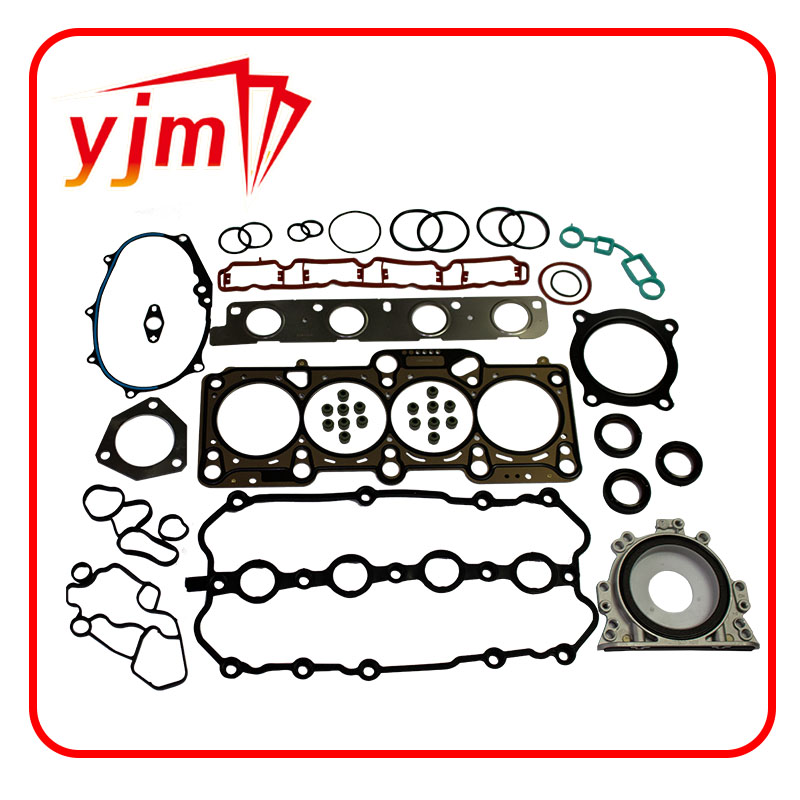Transmission Pan Seal Replacement Tips for Improved Performance and Leak Prevention
Understanding Transmission Pan Seal Importance and Maintenance
The transmission pan seal plays a crucial role in the overall functionality and longevity of an automobile’s transmission system. Situated at the lower part of the transmission, this seal is designed to prevent the leakage of transmission fluid, which is vital for lubricating the internal components and maintaining hydraulic pressure. Understanding the significance of the transmission pan seal can help car owners recognize when to replace or repair it to prevent potentially costly damages.
What Is a Transmission Pan Seal?
The transmission pan seal is essentially a gasket that ensures a tight fit between the transmission pan and the transmission case. Made from materials like rubber or silicone, the seal must withstand high temperatures and the corrosive properties of transmission fluid. Over time, exposure to heat, pressure, and the perils of environmental factors can cause the seal to degrade. Cracking, hardening, or loss of flexibility can lead to leaks that not only compromise the transmission’s efficiency but can also cause significant engine damage if left unchecked.
Symptoms of a Failing Transmission Pan Seal
Recognizing the signs of a failing transmission pan seal is crucial for maintaining the integrity of the vehicle. Common symptoms include
1. Transmission Fluid Leaks The most obvious sign is the presence of red or brown fluid pooling under the vehicle. If you notice a puddle where you usually park, it’s advisable to inspect the transmission system. 2. Fluid Level Drop If the fluid level in the transmission is frequently dropping, it may indicate a leak. Regularly checking the transmission fluid level can help identify this issue early. 3. Strange Noises A failing transmission pan seal can lead to low fluid levels, resulting in unusual sounds like grinding or whining from the transmission. These noises are often a sign that the transmission is not being adequately lubricated. 4. Slipping Gears If the vehicle struggles to stay in gear or shifts unexpectedly, it may point to low transmission fluid caused by a leaking seal.
transmission pan seal

Maintenance Tips
To ensure the longevity of the transmission pan seal, regular maintenance is necessary. Here are some tips
1. Regular Fluid Checks Check the transmission fluid level regularly. If it appears dark or has a burnt smell, it may be time for a fluid change. 2. Fluid Change Schedule Follow the vehicle manufacturer’s recommended maintenance schedule for transmission fluid changes. This can help reduce the wear and tear on the transmission components.
3. Seal Inspections During routine maintenance, have a professional inspect the condition of the transmission pan seal. Early detection of wear can prevent more serious issues.
4. Driving Habits Avoid aggressive driving, which can put undue stress on the transmission system. Smooth acceleration and avoiding heavy loads can contribute to the longevity of the seal.
Conclusion
The transmission pan seal is a small but vital component of a vehicle's transmission system. Recognizing its importance and understanding the potential indicators of failure can help drivers maintain their vehicles better. Regular inspections and maintenance can not only prolong the life of the transmission pan seal but also the overall health of the vehicle, ultimately saving car owners from inconvenient breakdowns and costly repairs. Remember, preventive measures are always better than reactive solutions when it comes to vehicle maintenance.
-
oil-drain-plug-washer-reusable-types
News Aug.22,2025
-
oil-drain-plug-replacement-guide
News Aug.22,2025
-
heavy-duty-seal-waterproof-features
News Aug.22,2025
-
engine-oil-seals-installation-guide
News Aug.22,2025
-
seal-oil-for-sale-high-temperature-grade
News Aug.22,2025
-
cassette-seal-compact-design
News Aug.22,2025
-
Simplifying Oil Changes: A Comprehensive Guide to Oil Drain Plugs and Their Variants
News Aug.04,2025
Products categories















